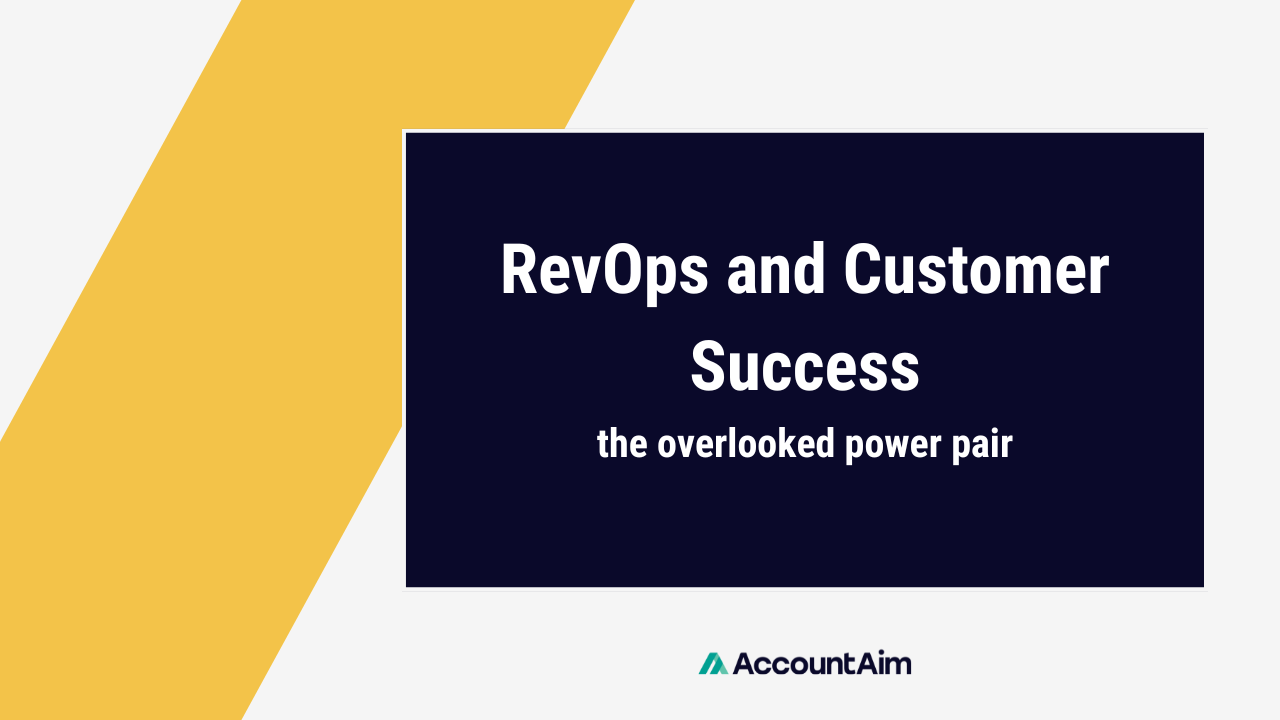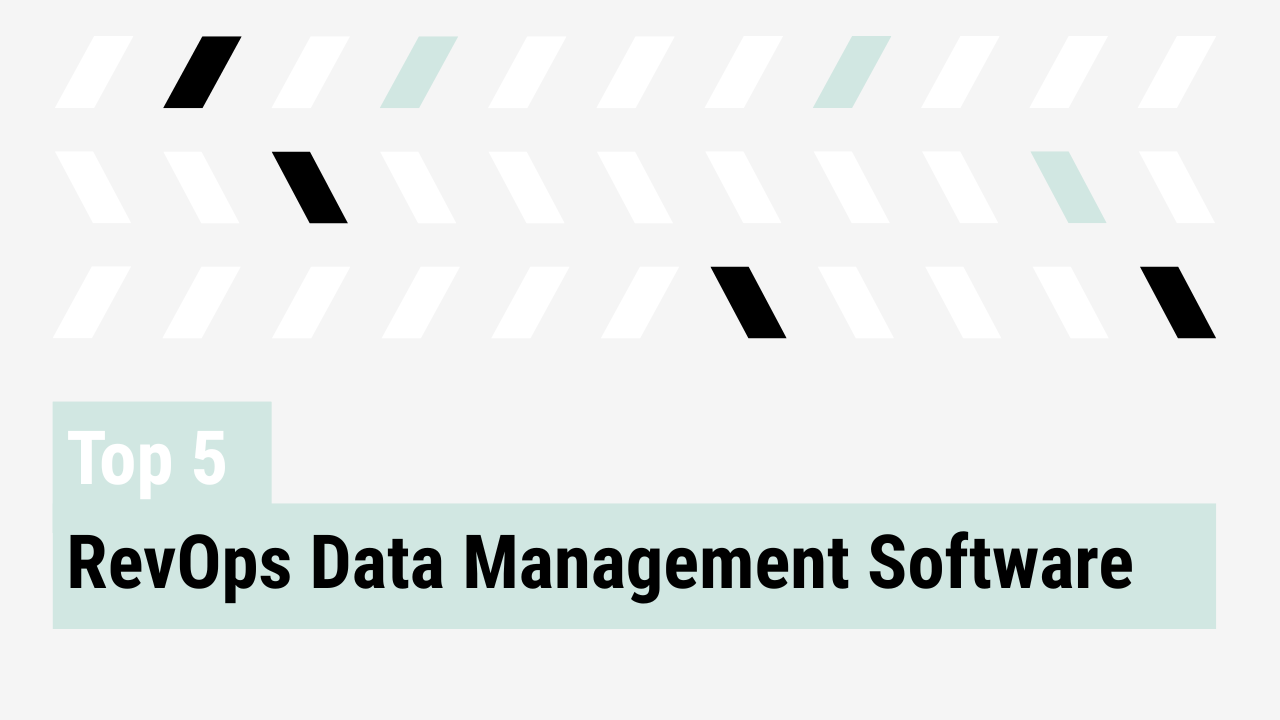Most RevOps teams focus on pipeline and forecasting. Customer Success teams manage onboarding and support. But when these two functions work together, they can unlock meaningful revenue growth. That’s the potential of the revenue operations framework: when RevOps and Customer Success collaborate around shared metrics and systems, renewals and expansions become more consistent and easier to forecast.
Aligning around shared health metrics
Let’s start with the foundation: metrics. If RevOps and Customer Success aren’t working from the same definition of customer health, they’re moving in different directions.
Start with three essentials:
- Net revenue retention (NRR) – a strategic indicator of account health and growth
- Churn rate – a lagging metric that signals downstream risk
- Product usage signals – leading indicators that support proactive workflows
RevOps can turn these into real-time alerts, dashboards, and workflows. For example, they can trigger a renewal preparation workflow 120 days before contract expiration, highlight expansion opportunities based on product usage milestones, and flag at-risk accounts based on activity drop-offs.
This work makes customer data easier to use and more importantly, easier to act on.
When RevOps owns metrics that influence account growth and risk, it shows they are contributing to business stability. That earns credibility with executives.
Mapping the lifecycle and handoff moments
Every dip in NRR has a cause, and many of those causes can be traced back to process breakdowns between teams.
“If you’re aligning to the customer buyer journey, it ends up being across everything. At the end of the day, RevOps connects those dots.”
— Hannah Wendt, Director of RevOps, NoFraud
A clear RevOps lifecycle map should cover:
- Sales handoff to onboarding
- Onboarding to Customer Success
- Customer Success to account management
- The renewal motion
Once the handoffs are mapped, gaps become visible. Is CS receiving full context from Sales? Are adoption goals documented and tracked? Is there clarity on who drives upsell conversations?
Customer journey mapping gives structure to these questions and ensures smoother transitions between teams.
When RevOps brings visibility to gaps in customer lifecycle execution, they demonstrate that they are safeguarding revenue. That kind of contribution stands out at the executive level.
Automating playbooks for expansion and renewal
Once lifecycle mapping and metrics are aligned, the next step is execution at scale.
This is where AccountAim dashboards and automation workflows are valuable. A well-equipped RevOps team can:
- Build playbooks for expansion and renewal into CRM systems
- Create dashboards for CSMs that highlight at-risk or expansion-ready accounts
- Automate task assignments based on contract terms or usage patterns
These are not isolated projects. They are components of durable, repeatable expansion and renewal strategies.
Executives prioritize consistency and scale. When RevOps introduces automation that supports revenue retention and growth, they are recognized as operational leaders.
Making impact visible
Customer Success teams are closest to the accounts. RevOps teams have the systems and data. When these teams collaborate around metrics, processes, and automation, they improve outcomes across the board.
For RevOps leaders looking to do their job more strategically, and gain recognition from the C-suite, this is a high-leverage place to start.



